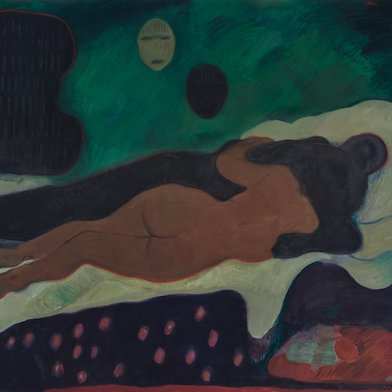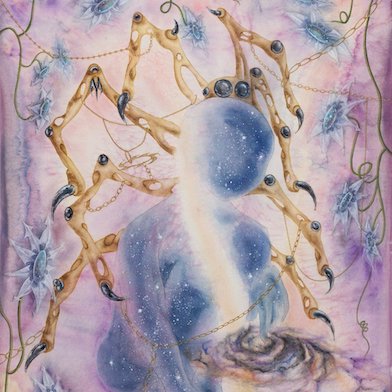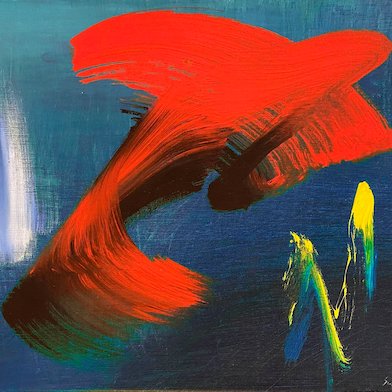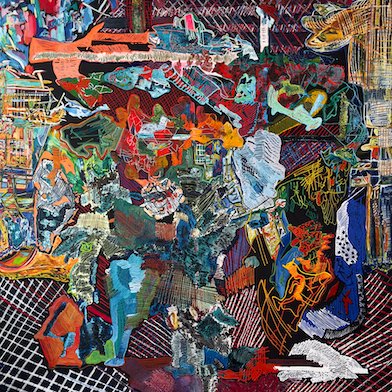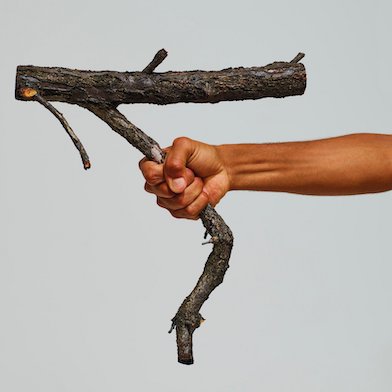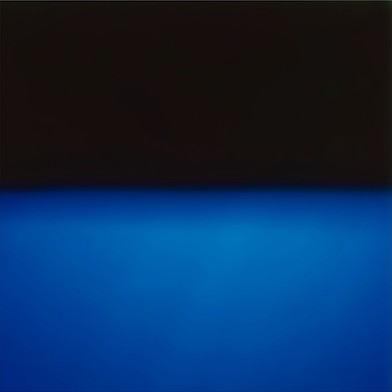Open: Tue-Sat 10am-6pm
Visit
Enrico Baj: Alter Ego and Other Hypotheses
David Nolan Gallery, New York
Thu 18 Apr 2024 to Fri 31 May 2024
24 East 81st Street, NY 10028 Enrico Baj: Alter Ego and Other Hypotheses
Tue-Sat 10am-6pm
Artist: Enrico Baj
Celebrating the Artist's Centennial
with additional works by Marcel Duchamp, Man Ray, William Copley, Martin Kippenberger, Nicole Eisenman, Kerstin Brätsch, and others
With a passion for the eccentric and a strong iconoclastic impulse, Enrico Baj (1924-2003) was one of the central figures of the Italian neo-avant-garde. His art and writings played an instrumental role in influential movements, from Dada and Surrealism to Art Informel and CoBrA, as well as the Nuclear Art movement, which he cofounded in Milan in 1951. Heir to the Surrealist-Dadaist spirit, and an experimenter in original techniques and styles, he departed from gestural abstraction in the mid-1950s and honed an idiosyncratic iconography for his paintings, drawings, collages, objects, and sculptures, defiantly embracing figuration and kitsch symbols, and subverting conventions.
Titled after Alterego e altre ipotesi, a publication which Enrico Baj designed in collaboration with Italian poet and art critic Roberto Sanesi in 1970, this exhibition features Baj's work in dialogue with artists who influenced his oeuvre, and with artists from younger generations with whom we’d like to imagine him in conversation today.
Baj’s oeuvre bears a distinctly political slant, most glaringly in his Generals and Ladies series. The Generals are pseudo-portraits of military generals, formulated from the details of a military uniform; the Ladies, their wives, composed of the debris of a household and its upkeep. Baj mocks the grandiose self-image of the military general, as well as the outrageous performance required of aristocratic society. His unique form of artistic rebellion stands out from that of his contemporaries; it is perhaps most comparable to the anti-establishment attitude and style of Jean Dubuffet.
It’s intriguing to note the connections between Baj and his contemporaries. Active in the Milan art scene, Baj engaged and showed alongside artists like Francis Picabia, Marcel Duchamp, and Lucio Fontana. For example, Baj owned at least three of Picabia’s works, one directly acquired from the artist himself.
His encounter with Asger Jorn in 1953 led to the establishment of the International Movement for an Imaginist Bauhaus opposing the rationalization of art. Collaborating not only ideologically but also artistically, Baj and Jorn worked together on Jorn’s well-known Modifications series. Modifications revised found kitsch paintings, emphasizing the critique inherent in appropriating low-brow artwork.
Before meeting Marcel Duchamp, Baj belonged to a generation of artists revisiting the Dadaist’s work upon the publication of Duchamp’s writings and monograph in the late 1950s. Baj exhibited in the 1960 International Surrealist Exhibition, which Duchamp co-curated with André Breton, proving the awareness was mutual.
Duchamp and Baj finally met on Baj’s trip to New York in 1961 for the MoMA exhibition The Art of Assemblage. Baj and Duchamp, both participating in the landmark show, struck up a close friendship that would lead to support of each other’s careers and, eventually, artistic collaboration on a 1965 version of Duchamp’s L.H.O.O.Q. Their friendship, along with their shared sense of humor and embrace of the banal, established a living connection between Duchamp’s Dada and Baj’s Neo-Dada.
What united these artists - Duchamp, Picabia, Jorn, Baj - was the humor and double entendre present in their works, rooted in the observation of real-life while overlapping with several different Modern/Post-War movements.
André Breton was also friends with Baj; Breton consistently invited Baj to exhibit with the Surrealist Movement. Breton, a prolific writer and poet, penned a lengthy essay about Baj, which was published in the third edition of Breton’s book Le Surréalisme et la Peinture. Baj’s relationship with Breton and acceptance into Surrealist institutions validates his enormous range as an artist and his category-defying legacy. Baj maintained close ties with the pioneers of Dada and Surrealism, co-founding the Pataphysic Institute of Milan in 1963, an Italian equivalent of the Parisian College de Pataphysique de France, with Man Ray and others.
In addition, Breton and Max Ernst avidly collected Native American art, and frequently showed katsina dolls alongside their own works in several notable exhibitions. It is possible, even likely, that Baj encountered these dolls at their homes. Katsina dolls, known as tithu to the Hopi, are visual representations of the katsinam, the essential life force of all animate beings. The dolls unite the creative and the utilitarian, serving as a method of spiritual relief from the demands of modern life. Baj related to his art in a similar manner, channeling the raw elements of his lived experience into his work.
Lucio Fontana, another friend of Baj, coproduced the work Attese (Waitings) with the artist in 1959. Fontana and Baj exhibited together frequently, often in Milan; the association between the two continues until today, with a 2020 exhibition at Mazzoleni in Turin grouping Fontana, Baj, and Piero Manzoni. The trio were close; for example, the three artists collaborated on Baj’s periodical, Il Gesto, in 1955.
William Copley and Baj mesh stylistically in their collage-like aesthetic and adoption of bright color. In 1959, the two created at least two artworks together, Personaggi e segnali and Gli amanti. This sort of artistic communion typifies the exchange occurring within the network of artists surrounding both Baj and Copley, another example of which presents itself in the artistic interpretations Baj made of his fellow artists in works like Bonjour Max Ernst (1975) and Ritratto di Lucio Fontana.
Baj also influenced younger artists such as Martin Kippenberger, Mike Kelley, and Jonathan Meese. Ever since his participation in the Venice Biennale in 1964, Baj’s artwork has been exhibited in all the major European museums and frequently in the United States since 1960.
With additional works by:
Richard Artschwager
Kerstin Brätsch
William Copley
Marcel Duchamp
Nicole Eisenman
Asger Jorn
Martin Kippenberger
Jonathan Meese
Francis Picabia
Man Ray
and 20th-Century Indigenous Artists
